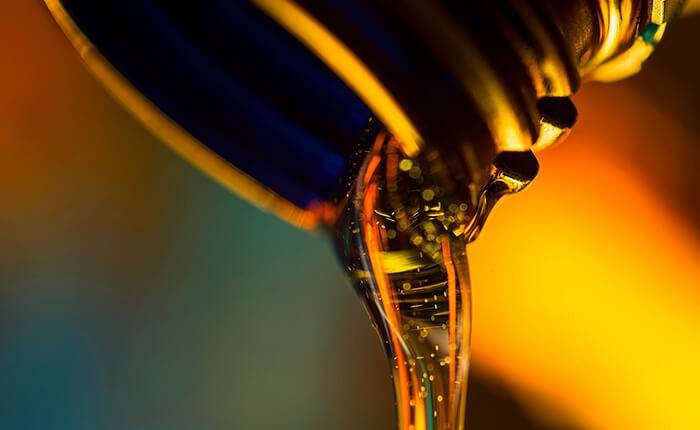Aug . 10, 2024 04:10 Back to list
A Comprehensive Guide to Polyethylene Pipe Fittings for Various Applications and Installations
Understanding Polyethylene Pipe Fittings A Comprehensive Guide
Polyethylene (PE) pipe fittings are essential components in various plumbing, irrigation, and industrial applications. As the demand for reliable and durable piping systems continues to grow, understanding the properties, applications, and benefits of polyethylene pipe fittings becomes increasingly important.
What are Polyethylene Pipe Fittings?
Polyethylene pipe fittings are connectors used to join segments of polyethylene pipes. Made from high-density polyethylene (HDPE) or low-density polyethylene (LDPE), these fittings come in various shapes and sizes, including elbows, tees, couplings, and reducers. Their design allows them to accommodate the diverse requirements of different systems, facilitating fluid transportation in both residential and commercial settings.
Benefits of Polyethylene Pipe Fittings
1. Durability One of the standout advantages of polyethylene pipe fittings is their exceptional durability. They resist corrosion and are less susceptible to chemical damage compared to traditional metal fittings. This makes them ideal for applications in harsh environments, including agricultural and industrial settings.
2. Flexibility Polyethylene materials are inherently flexible, allowing for easier installation, especially in complex piping systems. This flexibility also helps to absorb impacts and mitigate risks associated with ground movements, making them suitable for various geographical locations.
3. Lightweight Compared to metal fittings, polyethylene fittings are lightweight, which simplifies handling and reduces transportation costs. This lightweight nature makes installation quicker and less labor-intensive.
4. Leak-Proof Joints Polyethylene fittings can be welded or fused to pipes, creating strong, leak-proof joints. This capability significantly reduces the risk of leaks, which is crucial in applications involving water supply and irrigation.
polyethylene pipe fittings

5. Cost-Effectiveness While the initial investment in polyethylene fittings might be comparable to other options, their long lifespan and low maintenance needs often result in reduced overall costs. Additionally, their resistance to corrosion and damage leads to fewer replacements over time.
Applications of Polyethylene Pipe Fittings
Polyethylene pipe fittings are widely used in a range of applications
- Irrigation Systems They play a crucial role in agricultural operations, providing reliable water distribution for crops and gardens. Their durability ensures they can withstand outdoor conditions.
- Water Supply Municipalities utilize polyethylene fittings in water supply systems due to their leak-proof properties and minimal maintenance requirements.
- Sewage and Wastewater Management In sewerage systems, polyethylene fittings help manage the safe transport of waste materials while preventing leaks and environmental hazards.
- Industrial Applications Various industries, including chemical processing and manufacturing, leverage the flexibility and chemical resistance of polyethylene fittings for efficient fluid transport.
Conclusion
Polyethylene pipe fittings are invaluable components that enhance the efficiency and reliability of piping systems across numerous applications. Their durability, flexibility, and cost-effectiveness make them a preferred choice for installers and engineers alike. As technology continues to advance, the use of polyethylene fittings is likely to expand, driven by the demand for sustainable and high-performance piping solutions. Understanding their characteristics and benefits can help consumers make informed decisions when selecting the right fittings for their specific needs.
-
Durable PP Rigid Sheet: Lightweight, Chemical Resistant Solutions
NewsAug.21,2025
-
PVC Grey Sheet for Extraction: Chemical Resistant & Durable
NewsAug.19,2025
-
Durable PVC Pipe Fittings for Plumbing & Irrigation Needs
NewsAug.18,2025
-
HDPE Steel Belt Reinforced Spiral Corrugated Pipe | High Strength
NewsAug.17,2025
-
HDPE Pipe Fittings: Durable, Leak-Proof Solutions
NewsAug.16,2025
-
Premium CPVC Sheet: High-Temp & Chemical Resistant Solutions
NewsAug.15,2025

